Score: 5/10 (Mediocre)
Pros Unique design is a breath of fresh air, excellent battery life. | Cons Display is downright painful to look at, awfully slow processing speeds, mediocre cameras, clunky and ugly software experience. |
Even since they became crazy popular (thanks to the iPad) in 2010, the design of tablets hasn't changed much at all. They've gotten lighter, thinner, and smaller, but the overall design has remained mostly the same. Lenovo has had enough of the stale, boring designs of tablets, and is looking to revolutionize the tablet PC market with their latest product: the Lenovo Yoga Tablet. The Lenovo Yoga Tablet utilizes a unique battery cylinder and kickstand to set itself apart from other tablets on the market, but after a couple weeks of use with the Yoga Tablet, that's about all it gets right. Is the Lenovo Yoga Tablet worth your hard-earned cash? Find out in our full review!
NOTE: The Lenovo Yoga Tablet comes in 2 models, the Yoga Tablet 8 and the Yoga Tablet 10. For the sake of time, convenience, and since they are the exact same machines (save for the difference in screen size), we reviewed both of the tablets as one, single product.
NOTE: The Lenovo Yoga Tablet comes in 2 models, the Yoga Tablet 8 and the Yoga Tablet 10. For the sake of time, convenience, and since they are the exact same machines (save for the difference in screen size), we reviewed both of the tablets as one, single product.
Design/Build Quality
The design of the Yoga Tablet is easily the biggest, and one of the best, things that it has going for it. Along with the super-thin body, the Yoga Tablet is equipped with a battery cylinder and kickstand that allow you to use the machine in three different ways.
The first of those three modes, the most traditional one, is Hold mode. For those of you that aren't sure what Hold mode is, let me enlighten you. It is when you hold the Yoga Tablet in one hand, and perform actions on the screen with your other hand. Mind blowing, huh? All joking aside, the Yoga Tablet feels superb in the hand. Thanks to the battery cylinder and evenly distributed weight, the Yoga Tablet is easily one of the most comfortable tablets I have ever held in my little, slender hands.
The second method of use with the Yoga Tablet is Stand mode. Stand mode is enabled by opening the kickstand on the back of the Yoga Tablet, and propping it up on a table, desk, or other flat surface. You can prop up other tablets to perform this same task, but that requires the use of an additional accessory. Having a kickstand to prop the device up built directly into the Yoga Tablet proved to be quite useful and convenient at times, and is certainly a very big high point for the machine.
The third, and final mode of use for the Yoga Tablet, is Tilt mode. Because of the battery cylinder, the Yoga Tablet does not lie flat when you set it down. In the Yoga Tablet's case, it is always tilted up just a bit because of its protruding cylinder. While this may annoy some, I found it to be very practical. I took the Yoga Tablet to a dinner meeting I attended one evening, and I found that the tilted screen made taking notes and updating my calendar much easier than if the tablet was lying flat on its back. Tilt mode also came in handy when browsing the tablet while it was resting in my lap. While laying on my couch for late-night skimming of Facebook and Google+, the angled screen made using the device more comfortable, and viewing the screen easier as well. Along with the battery cylinder and kickstand, there is another design element that Lenovo is advertising with the Yoga Tablet. The Yoga Tablet features a pair of front-facing Dolby Digital Plus DS1 speakers. While the speakers sound fine, they don't come close to the sound quality of something like the HTC One with BoomSound. The placement of them on the front is a nice addition, but don't expect anything revolutionary from them.
Hardware
Although the design may be superb, the same cannot be said about the hardware. The first issue with the Yoga Tablet is the display. Both the Yoga Tablet 8 and Yoga Tablet 10 have the same 1280 x 800 IPS pixel resolution for their displays. On the Yoga Tablet 8, the screen is passable, but still lacks the quality of higher resolution displays. Text is a bit fuzzy, colors can be muted out at times, and video and games don't look all that sharp. That same resolution on the 10-inch screen of the Yoga Tablet 10 looks downright awful. Looking at the screen on the Yoga Tablet 10 actually put a strain on my eyes after using it for a prolonged period of time, due to just how bad it really does look.
Unfortunately, the story doesn't get any better when it comes to performance. Both models of the Yoga Tablet have a 1.2GHz quad-core MTK 8125 CPU and 1GB of RAM. With these processing specs, the Yoga Tablet ends up feeling slow. Browsing the Web is met with a bit of stutter, using applications never felt like a speedy process, and playing high-end games such as Riptide GP2 was simply not possible. The Yoga Tablet never felt like a fast machine, and for a device that Lenovo is calling a "revolutionary multimode tablet", that is something that is not acceptable at all.
The cameras on the Yoga Tabet are just more of the same story. The Yoga Tablet features a 5MP camera on the back as well as a 1.6MP shooter on the front. Neither of the cameras impressed me at all, and both take sub-par still pictures and video. In the end, that's about all that can be said.
While the Yoga Tablet may have some pretty bad hardware specs, there is one area where it shines. That area, is battery life. The Yoga Tablet 8, which has a 6,000 mAh battery, and the Yoga Tablet 10, which has a 9,000 mAh battery, were both able to get through multiple days of use on a single charge. The total screen on/usage time equaled out to a little over 10 hours with both tablets, and that's pretty darn good.
Software
Out of the box, the Yoga Tablet is running Android 4.2.2 Jelly Bean. On their Website, Lenovo mentions that the Yoga Tablet is ready to be updated to future iterations of Android, but don't get too excited just yet. While an update to KitKat would be a welcome addition on any device, Lenovo has modified the Android operating system in some mighty odd, and ultimately irritating, ways.
The first of those modifications is with the app drawer, or rather the lack there of it. The standard Android OS includes multiple home screens of which you can customize to your heart's content, as well as an application drawer which holds all of your installed software. With Lenovo's customer skin that they've layered over Android, they have completely removed the app drawer, and instead have placed all of your installed apps on the home screens of the device. Some may think that this makes the device simpler to use, but in reality, it makes things much more complicated and inconvenient. Lenovo's skin also looks, well, ugly. App icons are very large and also have a bit of a cartoony look to them. In terms of pre-installed software, Lenovo has bundled in AccuWeather, Skype, Navigate 6, Norton Mobile Security, Amazon Kindle, and Kingsoft Office.
Another software addition with the Yoga Tablet is the Smart Side Bar. When switching between Hold, Stand, and Tilt modes on the Yoga Tablet, a menu automatically pops out from the side of the screen. From this menu, you have instant access to certain features and applications. On paper, the idea may sound like a nifty idea, but I never once found myself actually taking advantage of this ultimately useless feature.
Final Verdict
Like previous Lenovo tablets I've reviewed here on MobileCupOfJoe, the Yoga Tablet fails to impress me. The Yoga Tablet's design and battery life are some of the best you're going to find on the market, but those are the only two redeemable factors for the device. With a low-res display, sluggish performance, mediocre cameras, and irritating software, the Yoga Tablet ends up being nothing more than a cheap, budget tablet with a unique design and long battery life. The Yoga Tablet 8 starts selling for just $249 and the Yoga Tablet 10 has a starting price tag of $299. And, at the end of the day, you end up getting exactly what you pay for.
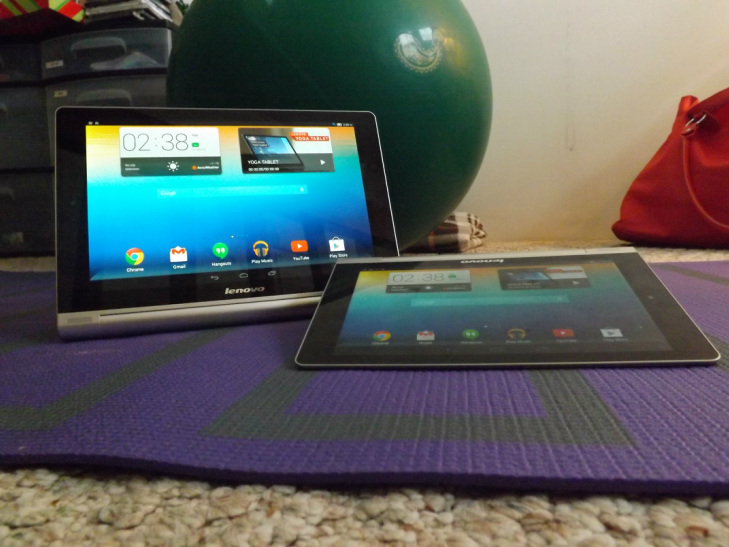
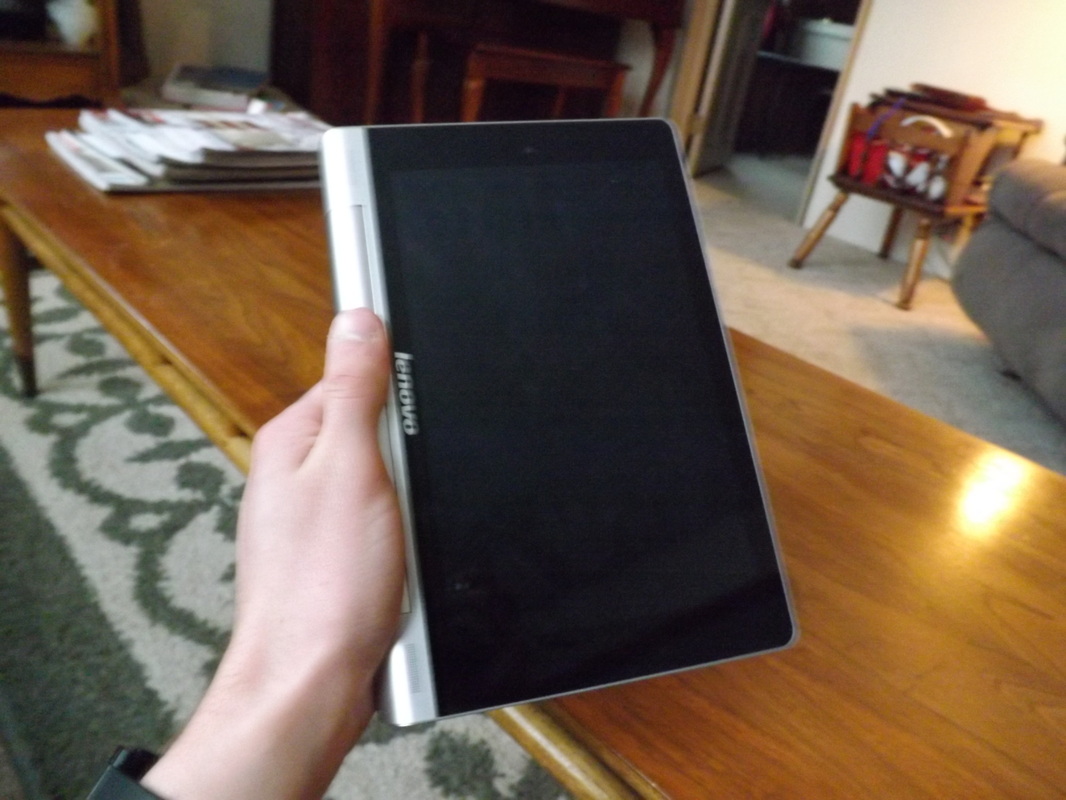
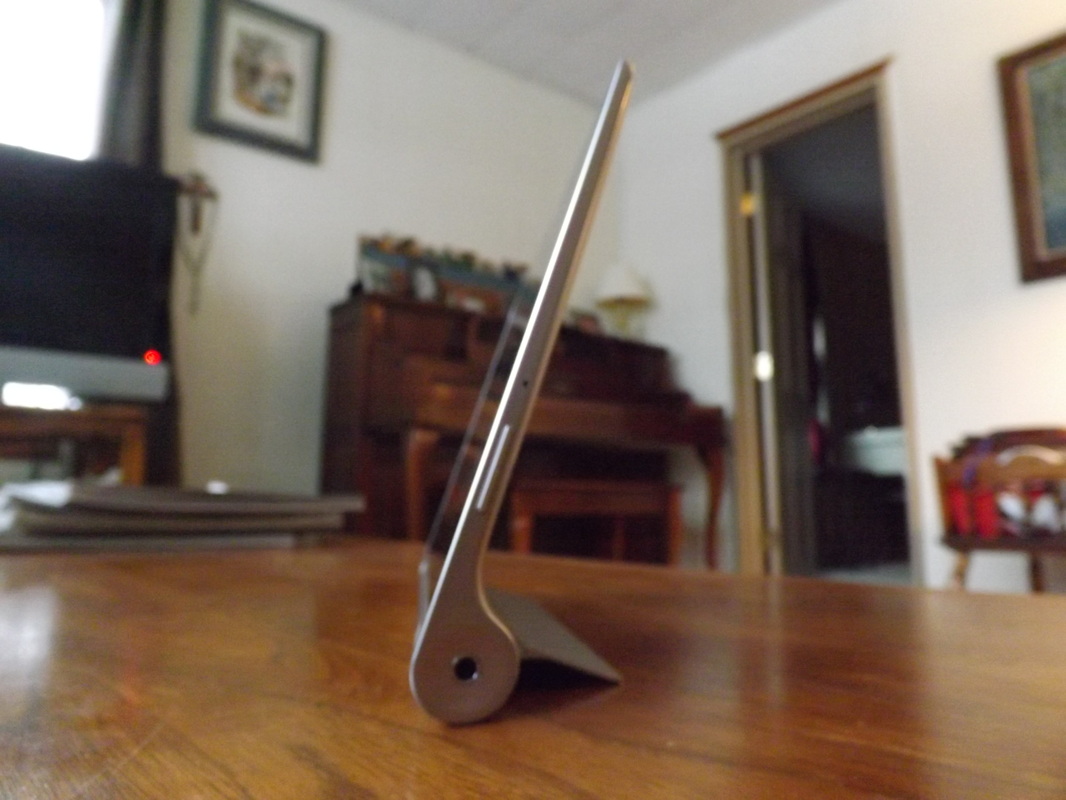
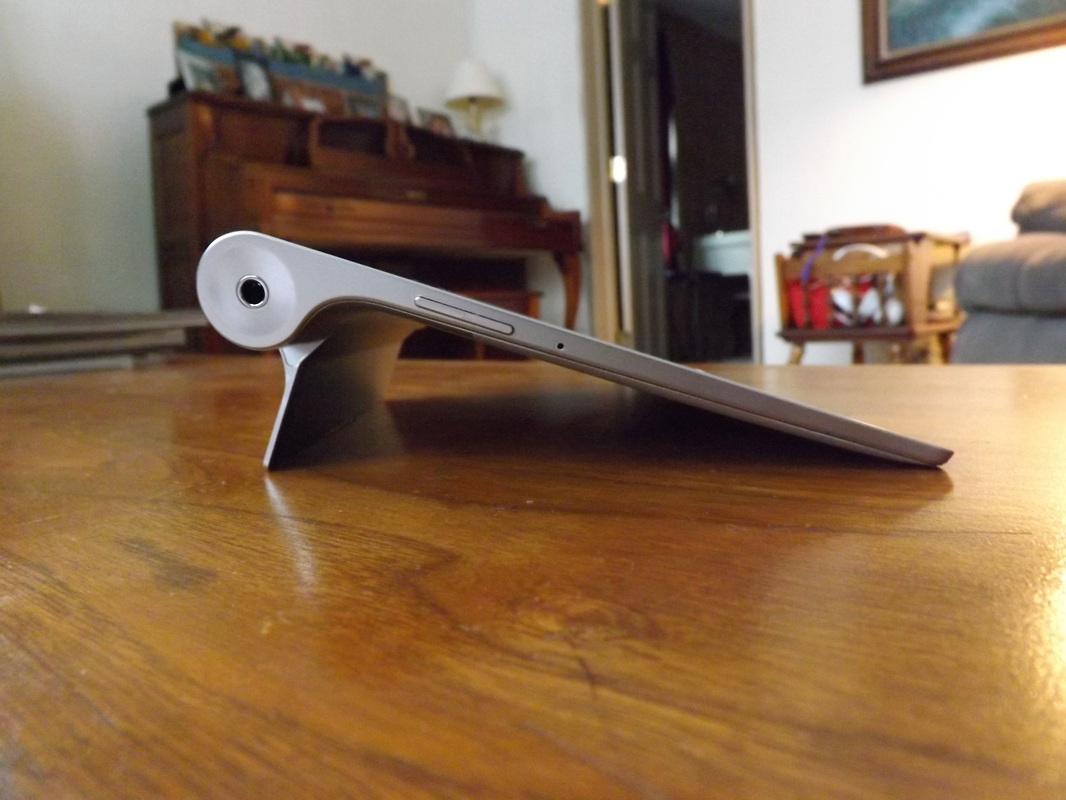

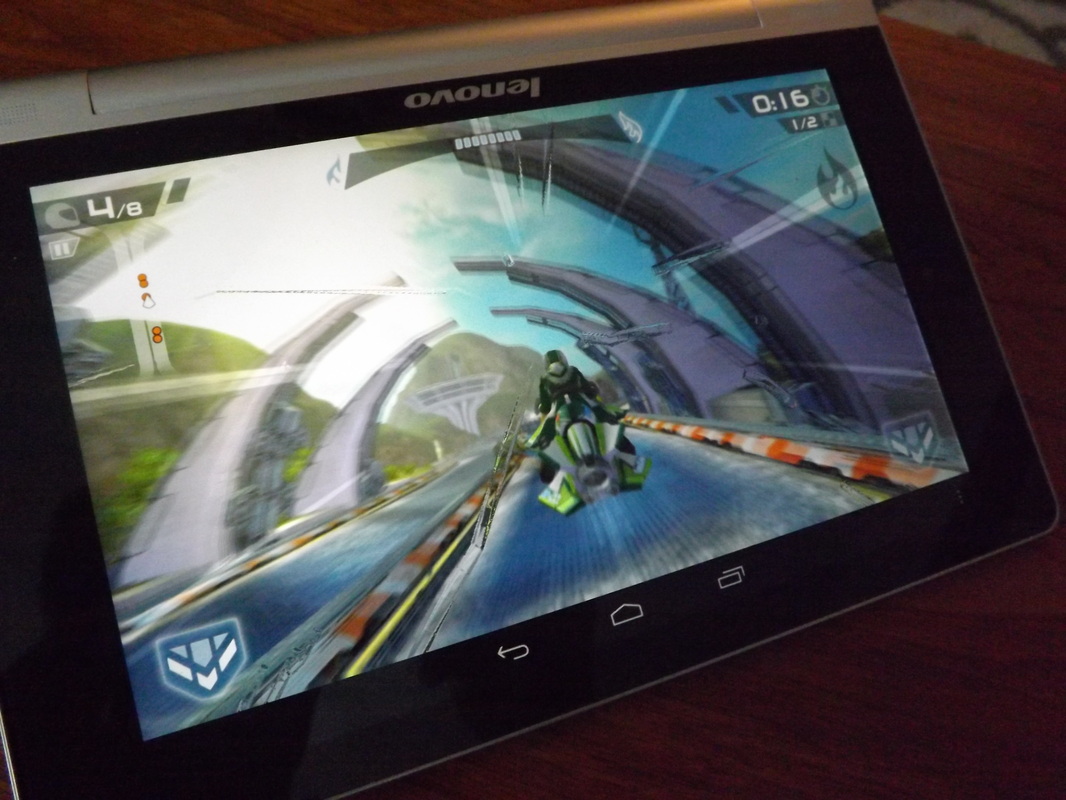
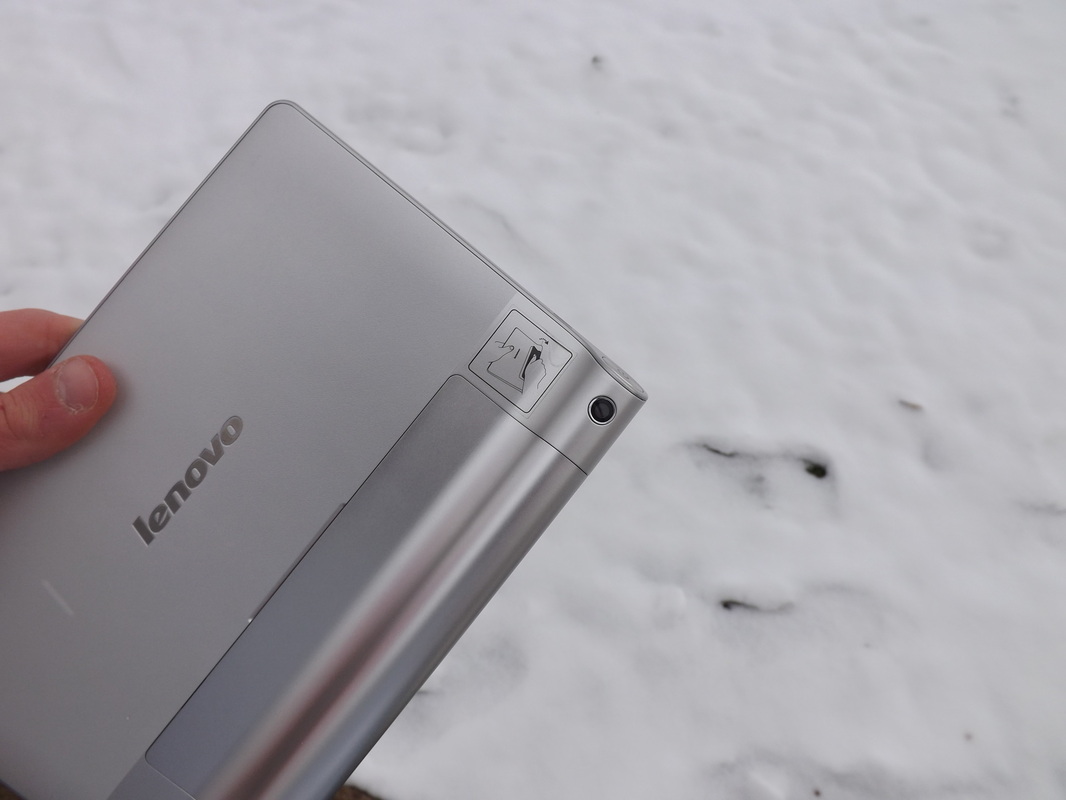
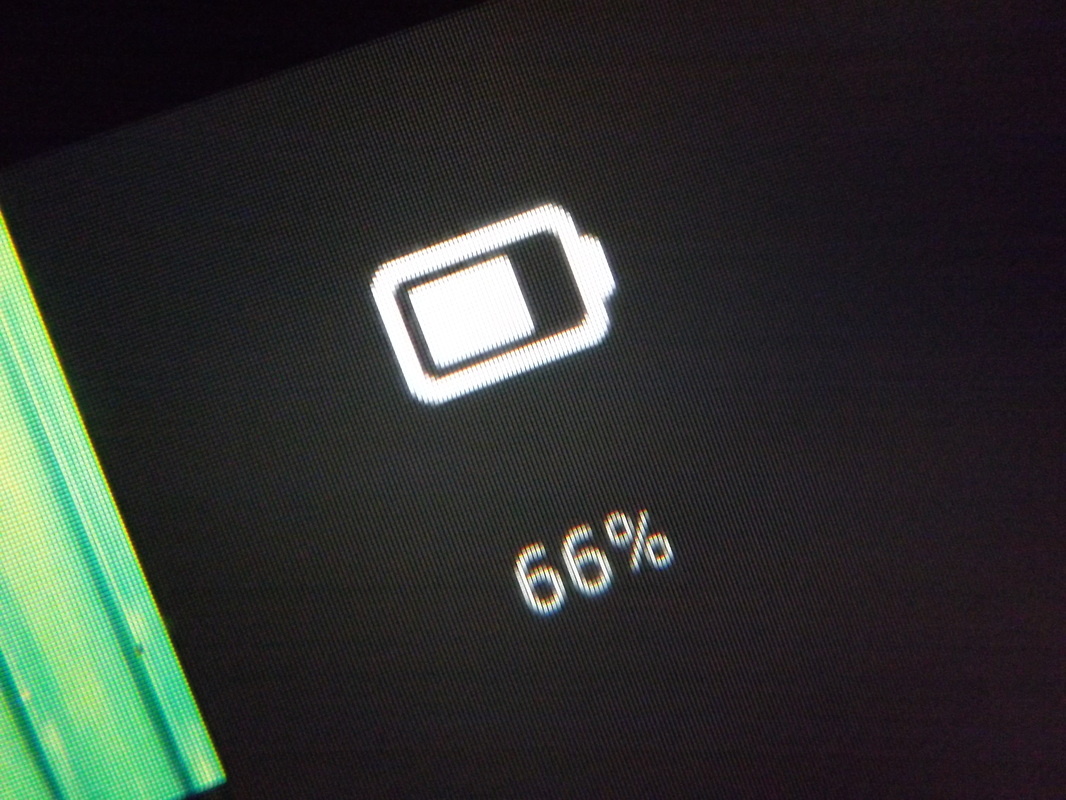
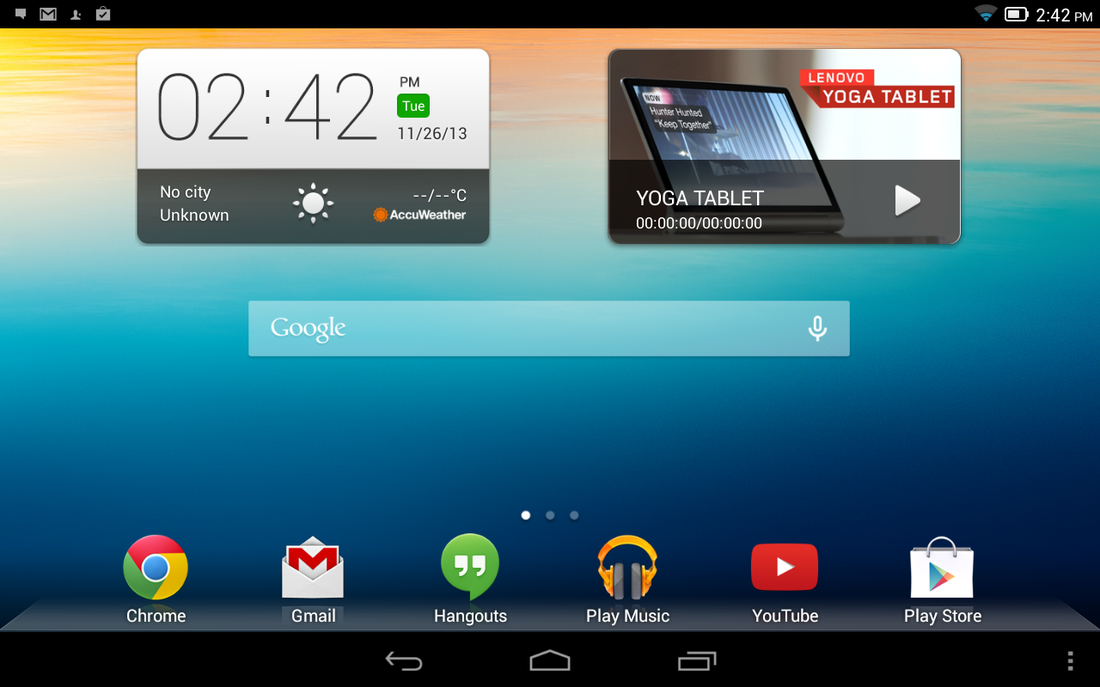
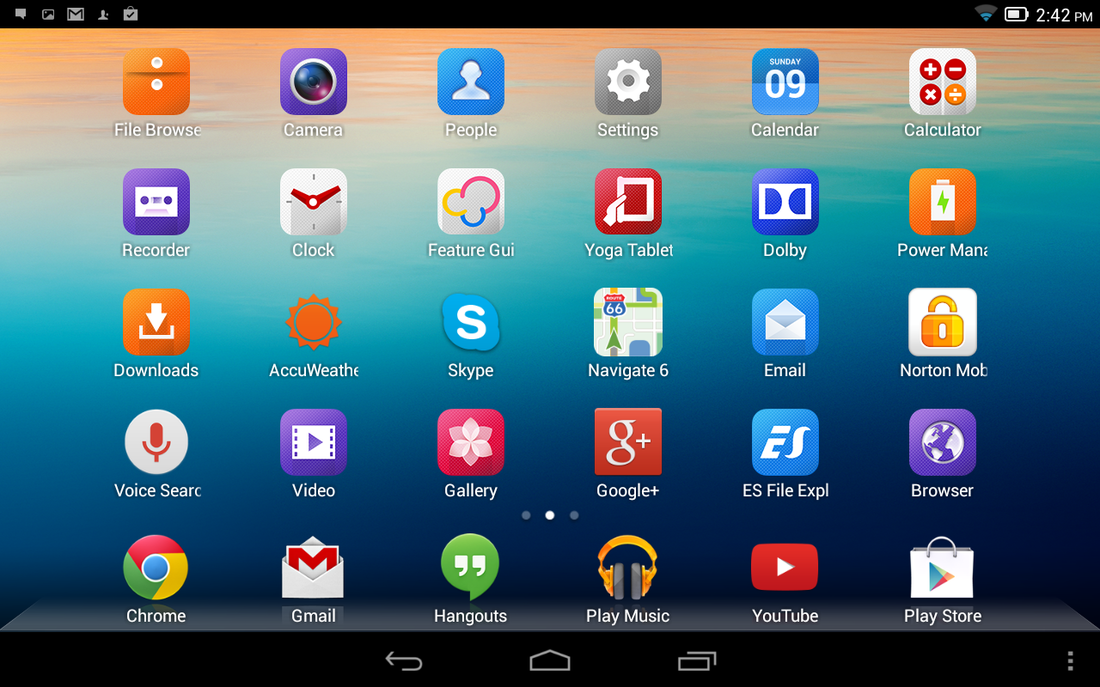
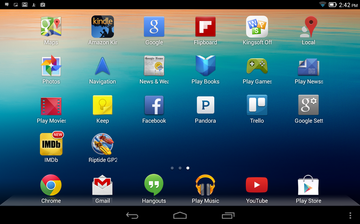
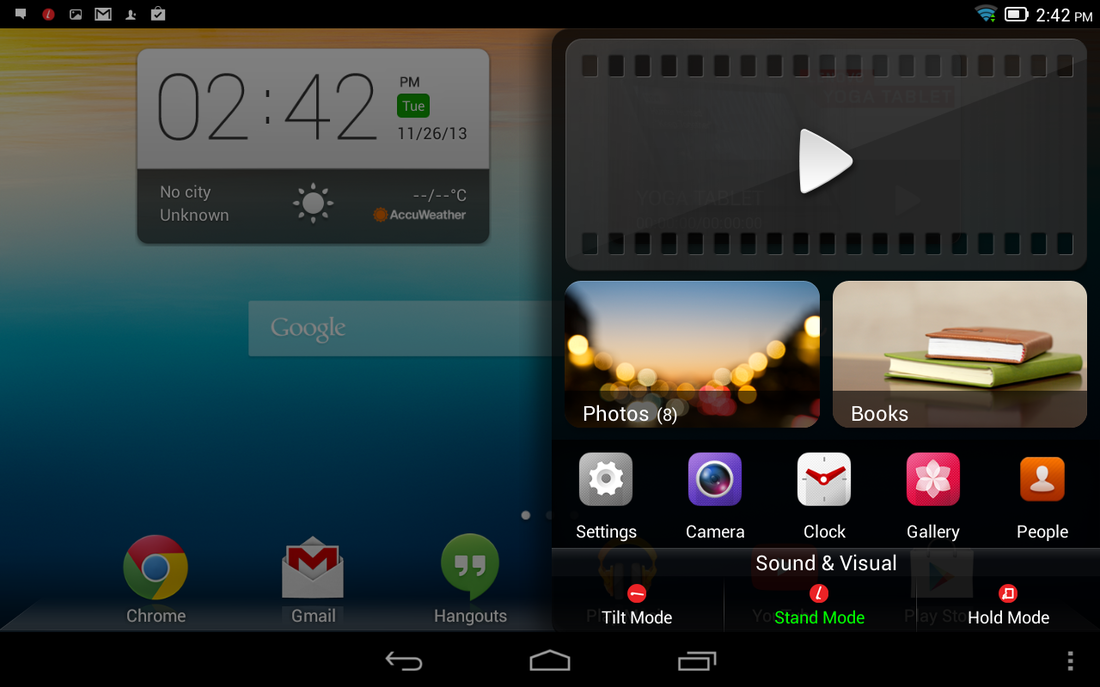
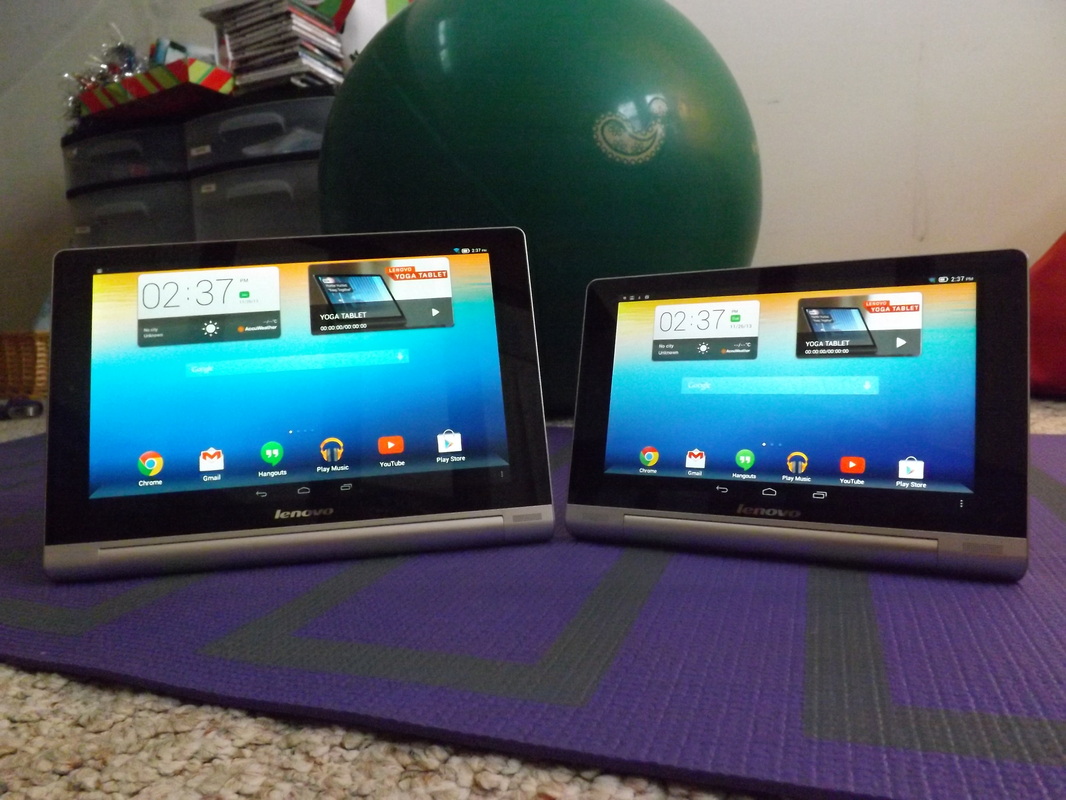
 RSS Feed
RSS Feed